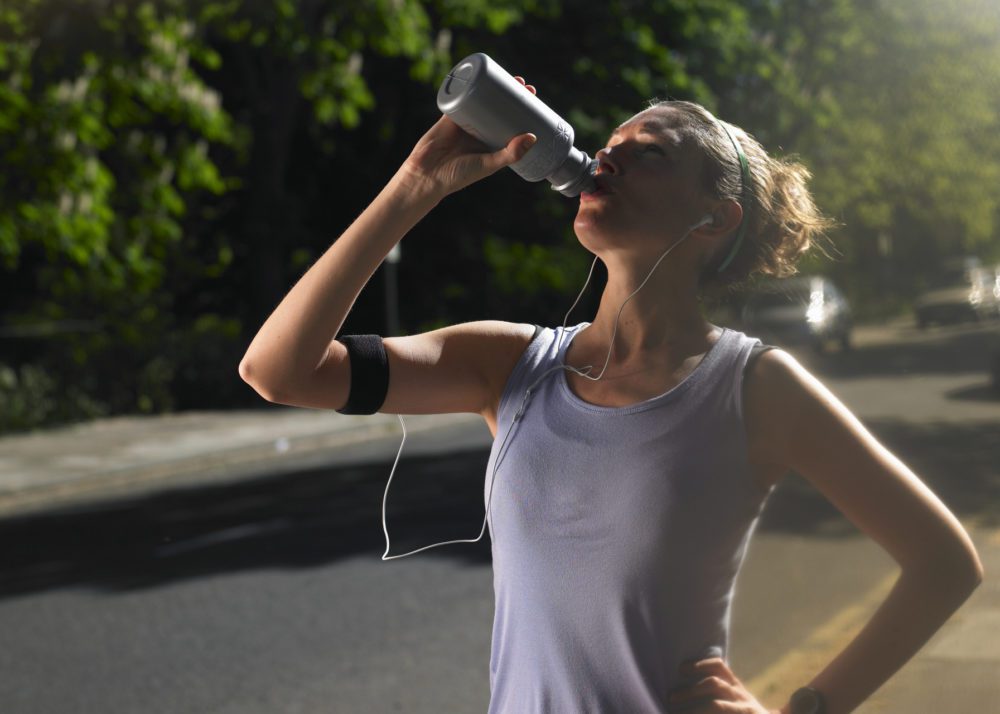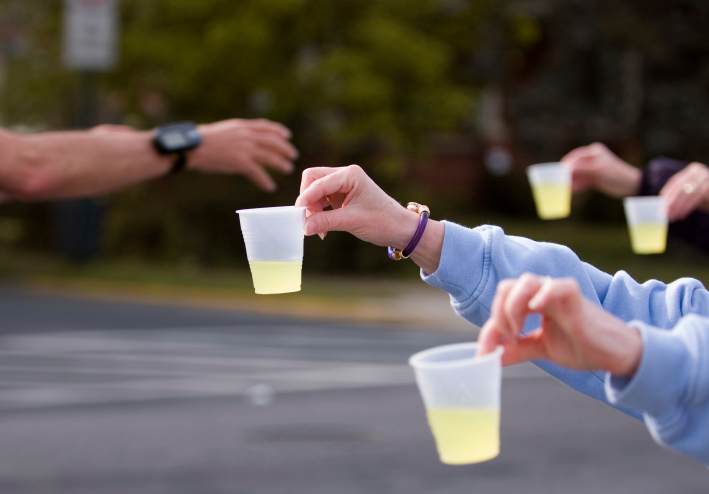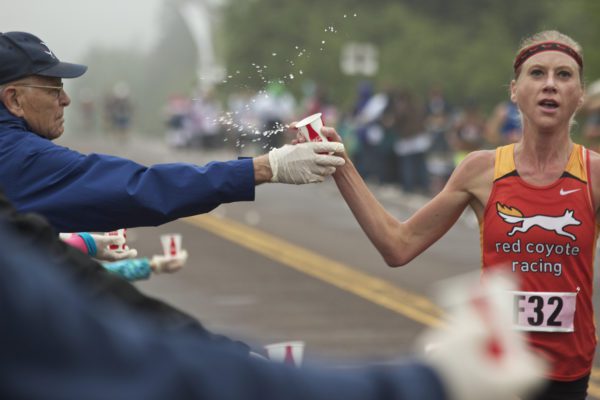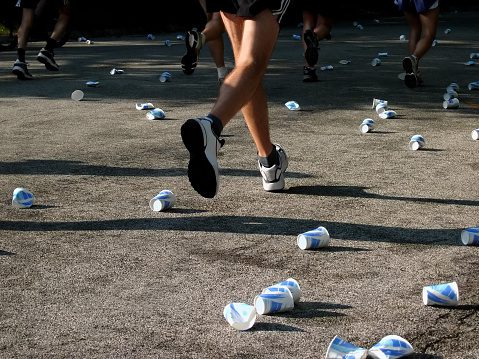Runners: gulp, don’t sip, your carbs on race day
New research shows that taking in larger amounts of carbohydrates less frequently is the better way to fuel during a race

It’s undeniable that carbohydrate intake during a long race improves performance, but exactly how much, what type and when you need it is less certain. Recently, researchers at Loughborough University in the U.K. decided to pose a different question: what is the best pattern of carbohydrate intake to improve performance? Contrary to what many runners might think, they found you’re better off gulping down your sports drink, rather than sipping slowly, if you want to get the maximum benefit from it on race day.

RELATED: What should you look for in a sports drink?
The general guidelines around carbohydrate intake suggest that for events lasting 1-2.5 hours, you should consume approximately 30 to 60 grams of carbohydrates every hour. For anything longer, you should increase that amount to 90 grams of carbohydrates every hour. When you ingest carbohydrates, they end up in your stomach, and gastric emptying gradually releases them into your intestine, which then regulates the supply of carbohydrates to the rest of your body.
The volume of carbohydrates in your stomach is one of the primary influences on how fast your stomach will empty. The larger the volume, the faster it will empty into your intestine. Because it’s the intestine (not the stomach) that regulates the release of carbohydrates to the rest of your body, researchers thought that the pattern or timing of when you took in that fuel during exercise didn’t matter, but the scientists in the U.K. found otherwise.

The study
The researchers had a group of runners complete two 100-minute, moderate-intensity runs on a treadmill. For the first run, they consumed 200 ml of a carbohydrate beverage every 20 minutes, and for the second, they consumed 50 ml every five minutes. This was their conclusion:
“Ingestion of a larger volume of carbohydrate solution at less frequent intervals during prolonged submaximal running increased exogenous carbohydrate oxidation rates. Neither drinking pattern resulted in increased markers of GI discomfort to a severe level.”
In other words, taking in larger volumes of carbohydrates less often (i.e. gulping instead of sipping) allowed the carbohydrates to enter the runners’ systems faster so their bodies could use the fuel sooner. And if you’re afraid that gulping will upset your stomach, the researchers found that it didn’t cause runners to have an upset stomach any more than sipping did.

RELATED: Not a fan of sports drinks? Try Nakedade instead
Of course, the most important thing to remember when it comes to mid-race fuel is to practice it before race day. Everyone is different, so it can take a bit of trial and error before you find the type of carbohydrates and pattern of intake that works for you, and you should have that figured out before you get to the start line to avoid GI-related disasters.


